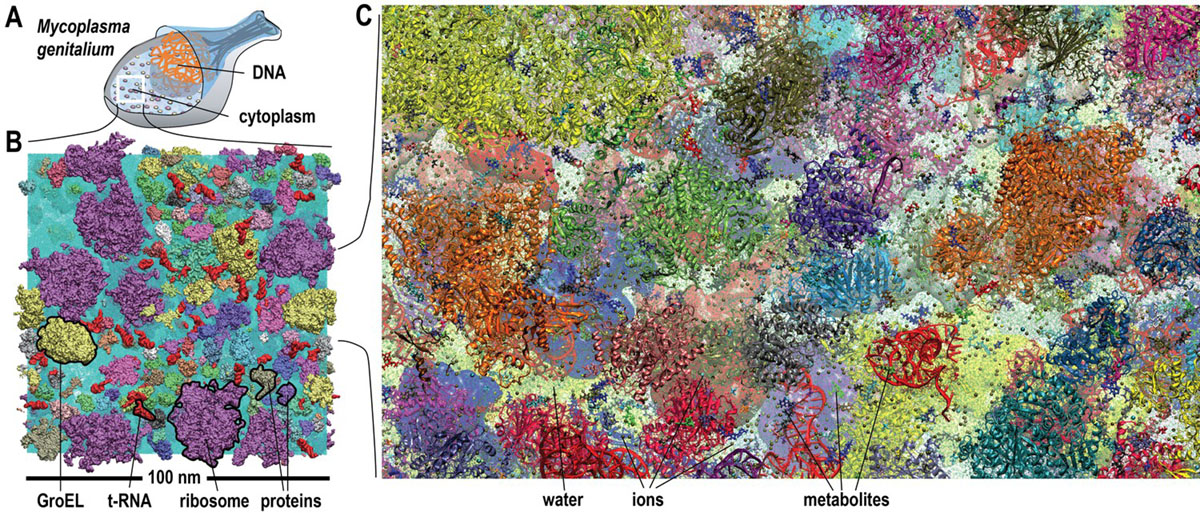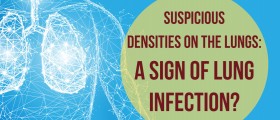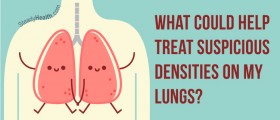
Mycoplasma infection is also known as the walking pneumonia. This is a very common type of pneumonia, but quite different from the traditional pneumonia. Traditional pneumonia is a serious infection of the lungs, which often demands patient’s hospitalization and thorough medical care. By contrast, walking pneumonia is a relatively minor lung infection, usually harmless as flu. Walking pneumonia also involves lung infection and inflammation of the lung alveoli, small air sacs in the lungs, which serve to absorb oxygen. Bacteria, fungi, parasite and viruses are responsible for pneumonia infection and walking pneumonia is caused by mycoplasma, a genus of bacteria that lack a cell wall. Without a cell wall, these bacteria are unaffected by many common antibiotics, but the body normally cures itself from this mild infection, without any additional treatment.
Symptoms of mycoplasma infection
Mycoplasma infection is usually accompanied with flu, and it can be associated with fever, cough, body ache, runny nose and headache. Mycoplasma pneumonia usually causes difficulty in breathing, but the medical attention is usually not necessary. The symptoms may also include rashes, a lump in the neck, ear pain and an increased respiratory rate. Walking pneumonia can sometimes be asymptomatic, and the person may not even be aware of the changes inside the body. Infection is, in these cases, visible through x rays. People having walking pneumonia are still able to walk around and maybe even work. Symptoms of mycoplasma pneumonia are often milder and appear more gradually than do those of other types of pneumonia.
Treatment for mycoplasma infection
Walking pneumonia is rarely diagnosed as pneumonia. If a patient seeks medical attention, he or she may not seem sick enough to need a chest X-ray. As a result, walking pneumonia is usually diagnosed as pneumonia when and if it progresses to a more severe form. In these cases, doctors will usually prescribe antibiotics to speed up the healing process. Most commonly prescribed medications include etracyclclines, clarithromycin and erythromycin. Even without the medical treatment, the disease will probably go away on its own, as the body’s immune system fights the infection. However, medical treatment is recommended to lessen the symptoms, speed up the recovery, and keep the disease under control. Walking pneumonia treatment is effective and easily obtainable with a doctor’s prescription. Over-the-counter medications should not be used without prior consultation with a doctor. Simple self-help methods may be effective: placing a damp rag on the forehead, taking a bath, taking a lot of fluids and having a proper rest.

















Your thoughts on this
Loading...